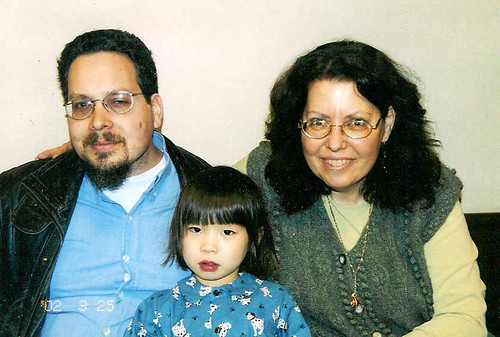|
|
🦋 El viaje
A book of short stories by Juan Goytisolo, Para vivir aquà (1960, and containing the story La guardia that I was reading a couple of weeks ago), arrived in the mail this week, and I have been reading bits and pieces of it. The first two stories did not really grab me but as I look at the beginning of the third I am feeling pretty interested.
The journey
El cartel indicador se alzaba al final de la recta, con las letras pintadas de blanco, sobre el yugo y las flechas descoloradas. Desde la carretera se divisaba de nuevo el mar, liso y como bruñido por el sol y, más cerca, una zona cubierta de rastrojeras se extendÃa hasta los muros cuarteados de la fábrica en ruinas. A un extremo del campo, dos hombres batÃan la paja con sus bieldos. Era casi las doce y la calina que envolvÃa el paisaje, inventaba caprichosas espirales de celofán sobre el asfalto medio derretido.
Dolores frenó más allá del cartel y nos detuvimos a mirar, junto a la cuneta. El pueblo se extendÃa sobre una pendiente escalonada de terrazas y la cúpula de mosaico de la iglesia reverberaba a la luz del sol. De no ser por el bullicio y griterÃo de los chiquillos, se hubiera dicho que nadie vivÃa en él. Muchas casas estaban desmoronadas o en alberca, y sus fachadas maltrechas testimoniaban la existencia de una época de prosperidad y trabajo de la que la chimenea agrietada del teso y los restos alcinados de un molino constituÃan un recuerdo nostálgico. Ahora, toda la vida parecÃa concentrarse en el mar, y el puerto abrigaba medio centenar de embarcaciones protegidas por un espigón de obra, liso y curvado como una hoz.
-- ¿Qué te parece? --dije, señalando con el brazo, hacia el mar. --Como sitio tranquilo, lo es --repuso Dolores, sin gran entusiasmo.
Translation attempt below the fold.

The sign was up at the end of the block, with letters painted in white, over the cross-piece(?) and the faded arrow. From the road you could see the ocean again, flat and as if burnished by the sun and, closer in, a stubbled region stretched to the broken-down walls of a factory in ruins. At one end of the field two men were beating straw with their winnowing-forks. It was almost noon and the haze that shrouded the landscape was making up capricious spirals of cellophane above the half-melted asphalt.Dolores slowed down a bit by the sign and we turned to look, close by the ditch. The town extended across a spreading, terraced slope and the tile cúpola of the church reflected the sunlight. By not being a-bustle, full of children's cries, it let us know there was no one living in it. Many houses were dilapidated or fallen down(?), and their beaten-down façades were testament to there having been an epoch of prosperity and work, of which the cracked chimney at the top(?) and the remnants of a windmill constituted a nostalgic reminder. Now, all the life appeared concentrated in the sea, and the port sheltered half a hundred vessels, protected by a breakwater, smooth and curved like a sickle. --How does it look? --I said, gesturing with my arm toward the sea. --Like a peaceful spot, I guess --replied Dolores, without much enthusiasm.
posted evening of Friday, November 13th, 2009
➳ More posts about Juan Goytisolo
➳ More posts about Short Stories
➳ More posts about Readings
| |
|
Drop me a line! or, sign my Guestbook.
•
Check out Ellen's writing at Patch.com.
| |

